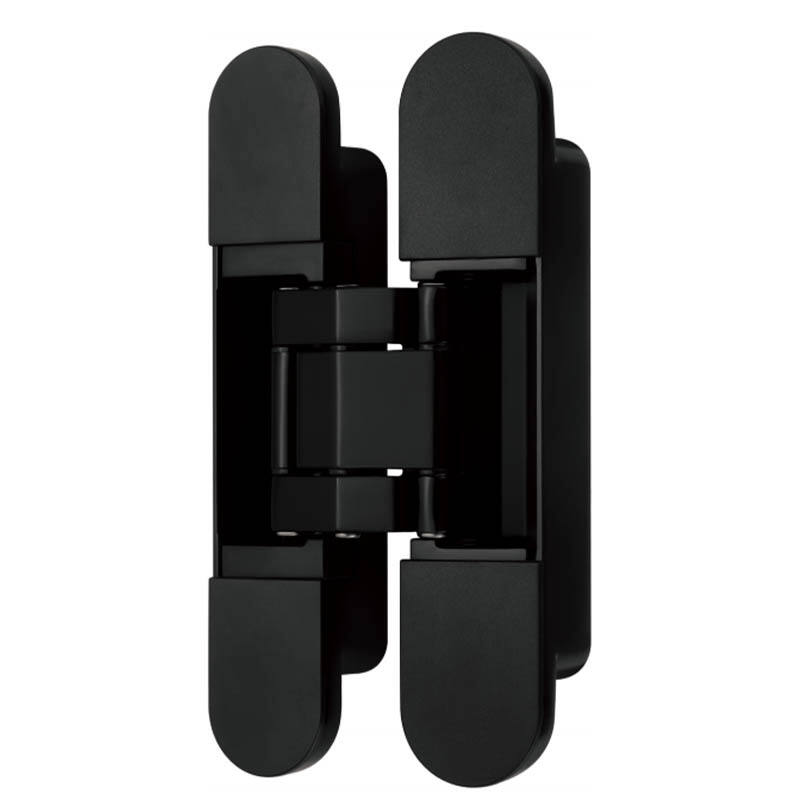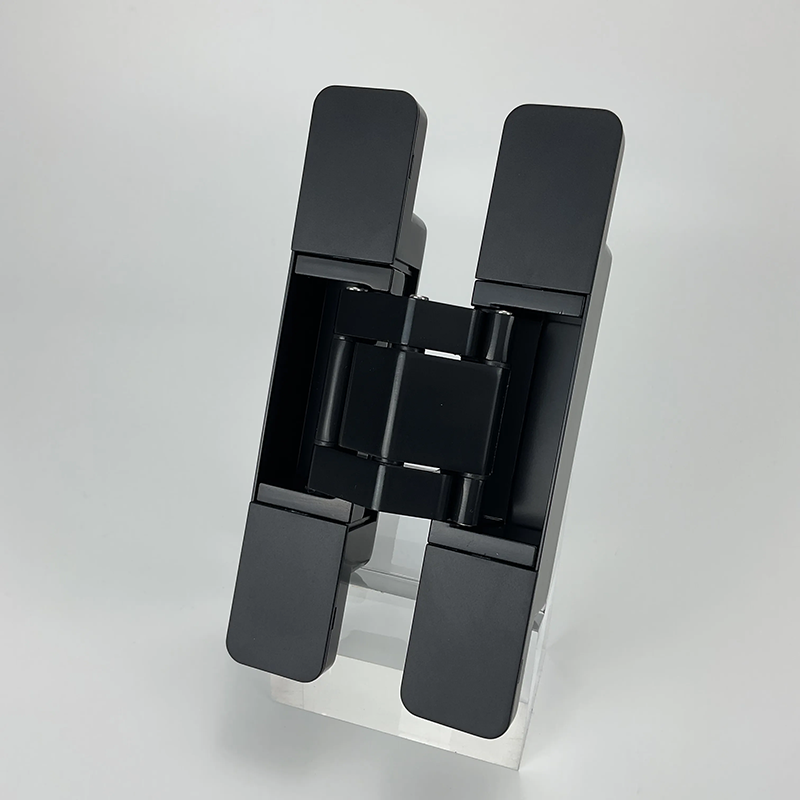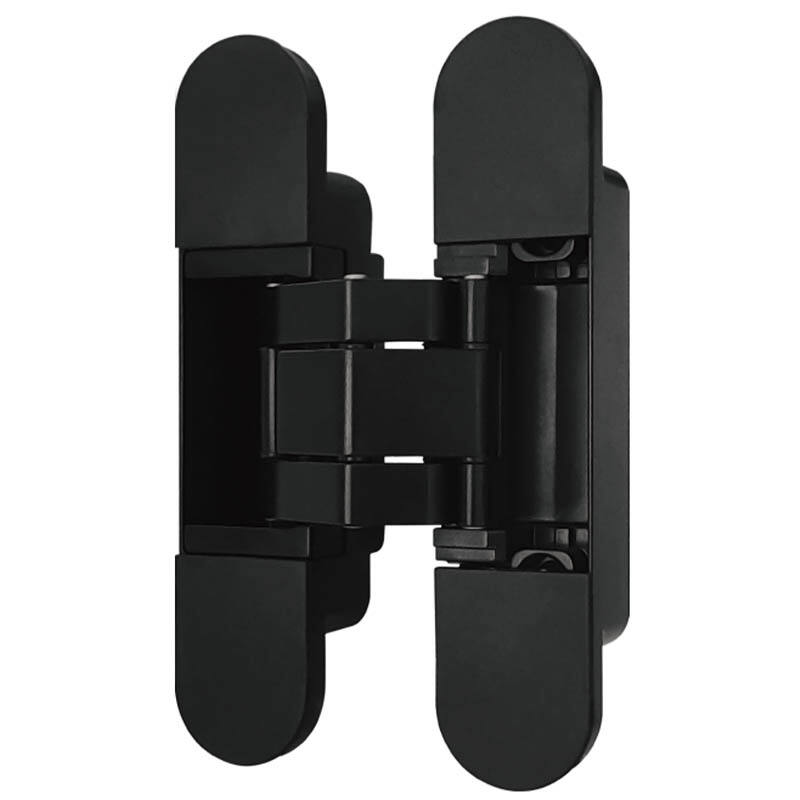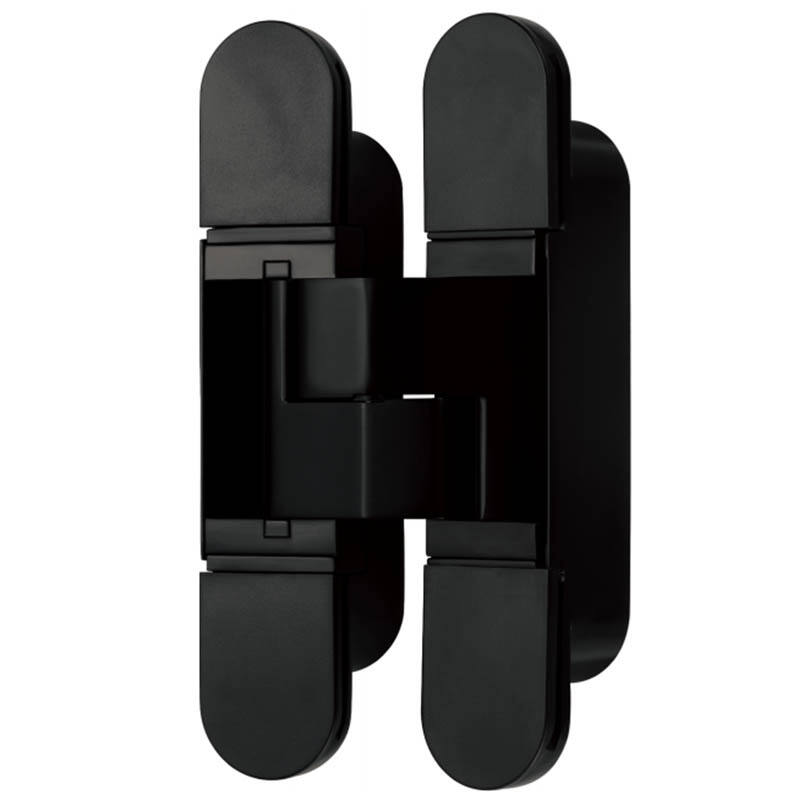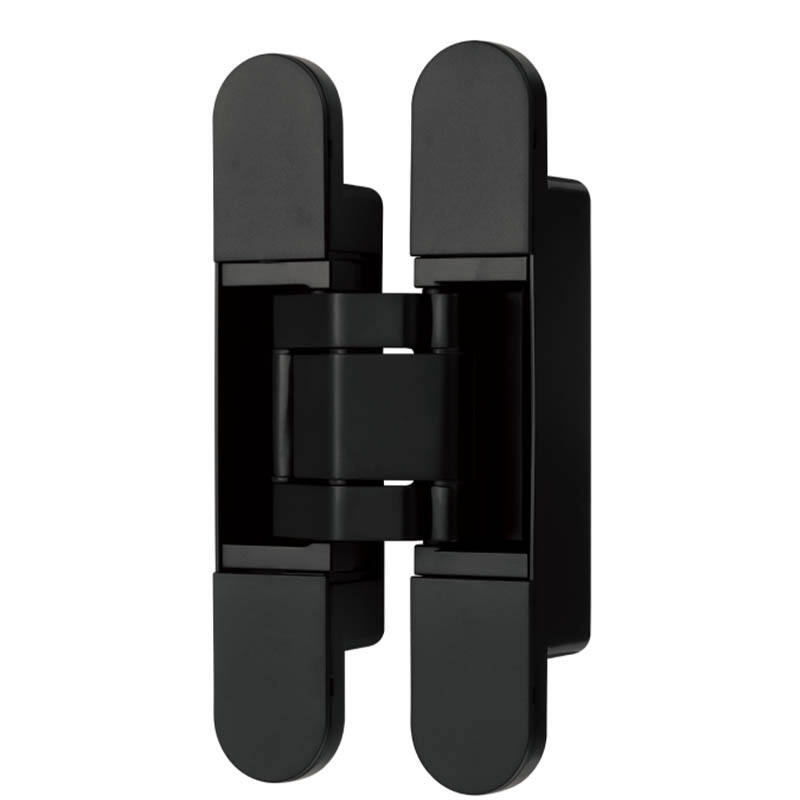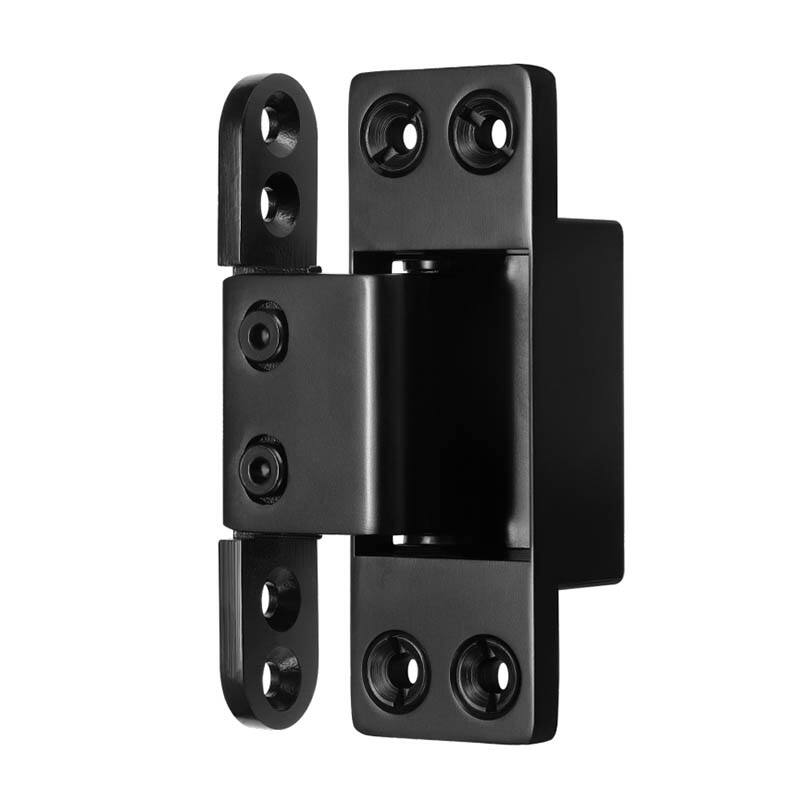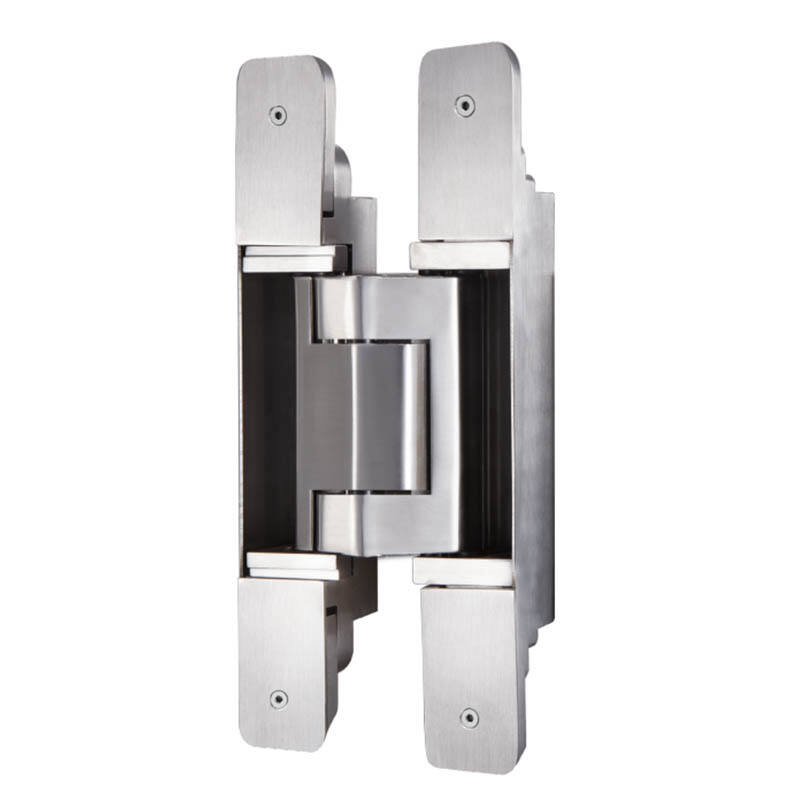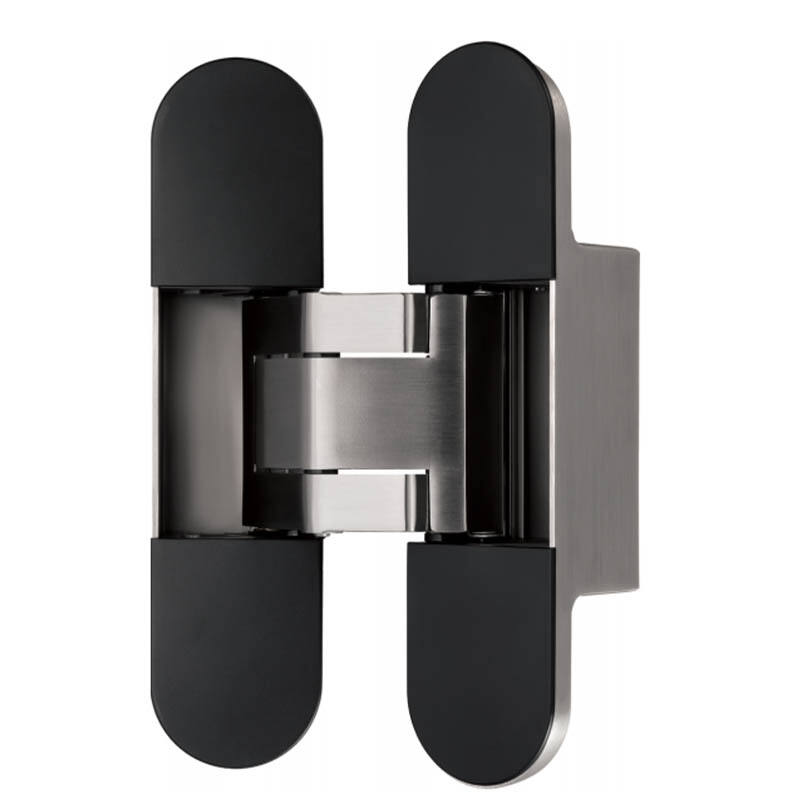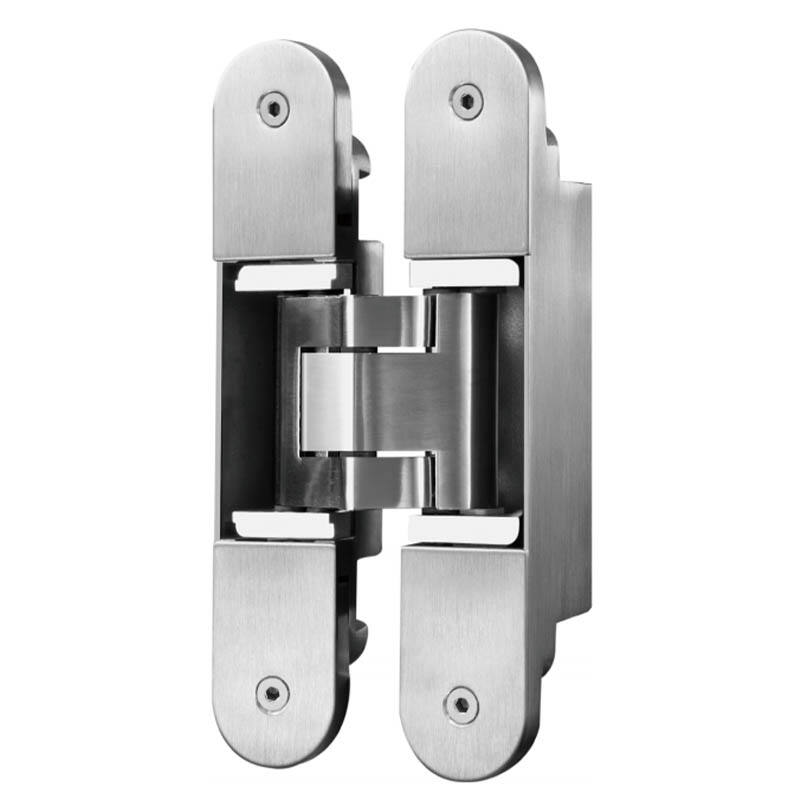Hinge installation guide: avoid common mistakes and increase service life
Understanding Hinge Installation: Importance of Proper Techniques
Getting those hinges right makes all the difference when it comes to how well doors work and how long they last. When installed properly, doors will swing open without sticking and stay nice and level over time instead of developing all sorts of problems. Badly placed hinges? That's when things start going wrong. Doors might sag down on one side, scratch across the floor when opening, or just plain refuse to shut completely. Fixing these issues later costs money that could have been saved from the get go with some careful attention during installation.
Getting the installation techniques right makes all the difference for doors and their frames in terms of wear and tear, which means less money spent on repairs down the road. When hinges are properly aligned, doors open and close smoothly without getting stuck or warped. Misaligned hinges create problems fast they put extra stress on parts that weren't meant to handle it, eventually causing damage. Take a look at any old building with crooked doors those were probably installed without proper attention to detail. Measuring carefully and making sure hinges are secured correctly isn't just about aesthetics it's about creating something that will last years instead of months.
Hinges come in all sorts of varieties, each designed for different jobs around the house or building. Take adjustable hinges as one example they let people tweak things just right when installation isn't perfect. Then there are those heavy duty hidden hinges that can handle big doors without breaking a sweat. And don't forget about concealed adjustable models which look so clean and seamless while still allowing some adjustment room. When picking out hinges, it really matters to match them with what the door actually needs. A lot of folks overlook this step only to end up with doors that stick or sag over time because the wrong kind was chosen initially.
Common Mistakes in Hinge Installation
Getting hinges installed right makes all the difference when it comes to how doors operate smoothly. Unfortunately folks often mess this up in ways that really affect performance. One big problem happens when hinges aren't lined up correctly. Doors just won't swing right if they're off track. When this occurs there's extra friction between parts, and over time everything starts wearing out faster than normal. Both the door itself and whatever frame it sits in take a hit. If someone wants things to last longer, getting those hinges aligned properly from day one is absolutely necessary.
One common problem people run into is drilling incorrectly. When someone grabs the wrong sized drill bit or lets the bit wander off track while drilling, it really messes up the hinges and makes them work poorly. We see this happen all the time, especially when folks are rushing through installation without taking proper care. Most beginners don't realize just how critical precise drilling angles are for hinge functionality. The solution? Always double check those measurements before starting, keep the drill perfectly aligned, and take your time with each hole. These small steps make a huge difference in how well everything works down the road.
Neglecting clearance requirements is yet another mistake that can have serious repercussions. Failing to account for thermal expansion and contraction can result in binding, especially in heavy-duty installations. Precision in measuring and allowing adequate clearance can prevent this issue, ensuring that the door operates smoothly even with temperature fluctuations.
Poor hinge security ends up being one of those overlooked issues that really affects how stable and secure a door remains over time. When someone picks the wrong kind of hinges or just doesn't install enough of them, doors start sagging under their own weight especially noticeable in commercial settings where doors get opened and closed all day long. The bottom line? Get enough good quality hinges on there. Heavy duty models work best for most situations, while adjustable ones come in handy when fine tuning alignment becomes necessary later down the road. Most carpenters will tell anyone who asks that proper hinge installation makes all the difference between a door that lasts years versus one that needs constant fixing.
Tips to Avoid Common Mistakes
Getting good measurements right matters a lot if we want to prevent those annoying mistakes during hinge installations. A simple measuring tape along with some kind of marking tool goes a long way toward keeping things aligned properly. When it comes to fitting hinges such as invisible or concealed adjustable ones, precise measurements make all the difference between something that works well and looks great versus something that just doesn't sit right on the door. The same applies especially true for heavier duty hidden hinges where even small miscalculations could compromise how sturdy and stable the door remains over time.
Getting the right drill bits matters just as much as everything else when installing hinges properly. When working with different materials like wood versus metal, it really makes a difference to use bits made specifically for those surfaces. This creates cleaner holes and makes the whole installation process go smoother without unnecessary frustration. Good quality bits also help protect the hinge itself from getting damaged during installation, which becomes even more critical for things like hidden door hinges or any setup where the hinge needs to support heavier loads over time. People often overlook how basic drilling technique affects long term performance. A few simple adjustments can mean the difference between hinges that last for years versus ones that start failing after just a couple months of regular use.
Special Considerations for Heavy Duty and Concealed Hinges
Getting familiar with adjustable and heavy duty hinges matters a lot when it comes to keeping doors functional for years. These particular hinges can handle quite a bit of weight, so they work best for heavier doors or wherever extra strength is needed. Knowing what each hinge can actually carry prevents putting too much strain on them. When picking out hinges, matching them to the door weight makes all the difference in how smoothly everything works and stops problems like doors sagging or getting out of alignment down the road. Take concealed adjustable hinges for example. They let someone tweak door positions behind the scenes without any hardware showing off, giving that clean appearance while still offering solid support underneath.
Getting concealed door hinges right starts with getting their placement just so. When those hinges sit nicely in both the door and frame, they look better and work better too. Start by marking where those hinges go pretty accurately, then check how deep they need to go with whatever tools make sense for the job so there won't be any ugly gaps showing later on. A good install makes sure the hinge stays hidden as intended while letting the door swing open smoothly without catching anywhere. For heavy duty models especially, making them level with the surface matters a lot because if one side sits higher than the other, it'll wear out faster over time and eventually mess up how the whole door functions down the road.
Tips to Avoid Common Mistakes
Ensuring accurate measurements is crucial when installing hinges to avoid common mistakes. Utilizing a measuring tape with precision can significantly reduce errors during installation. Itâs wise to use a marking guide to keep placements consistent, which is especially vital with invisible hinges that demand exact alignment.
Getting the right drill bits for specific materials makes all the difference when installing hinges successfully. Wood and metal need completely different approaches since each reacts differently to drilling forces. For example, soft woods work best with brad point bits while metals typically require cobalt steel options to create clean holes without excessive heat buildup. When the proper bit is selected, installation goes faster and there's less risk of splitting wood grain or warping metal surfaces. This attention to detail not only saves time during the job but helps maintain the integrity of whatever material gets drilled into, extending how long those components will last and function properly over time.
Adjusting Installed Hinges for Optimal Performance
Getting those hinges working right usually starts with getting them aligned properly. Most folks fix this issue by adjusting things with screws and some basic leveling tricks. First off, make sure every single hinge is snug against whatever surface it sits on. Use regular screws if possible since they hold better than those cheap ones that come pre-installed sometimes. Grab any old flathead screwdriver lying around (yes even that rusty one from your toolbox) when dealing with hidden adjustable hinges. These systems typically have little adjustment points that let someone move the hinge just enough left/right/up/down so doors shut properly without leaving annoying gaps between frame and door edge.
Keeping those hinges working right makes all the difference in how long our doors last. We should check them regularly for signs things are going wrong like wear spots, rust buildup, or when they start getting out of alignment. After years of opening and closing, screws tend to loosen up and sometimes the wood around them gets warped too. When we see rust forming, grabbing some rust removal spray usually takes care of small problems before they get bad. Don't forget about those heavy duty concealed hinges either. They need regular lubrication so they don't make annoying squeaks and keep moving smoothly as intended. Taking care of these basic maintenance tasks means our doors will keep functioning properly without causing headaches down the road.
Conclusion: Mastering Hinge Installation for Longevity
Getting good at installing hinges makes all the difference when it comes to how long things last and work properly. Homeowners and builders who take care to follow those installation instructions closely and keep up with maintenance routines tend to see their hinges and doors lasting much longer than average. Pay close attention to details like lining up those hidden adjustable hinges correctly because this matters a lot. Check from time to time if any parts are out of line, showing signs of wear, or starting to rust. Making small fixes early on saves money down the road and keeps doors functioning better overall. The extra effort spent learning proper hinge installation techniques pays off in multiple ways. Doors look nicer too, but more importantly they open and close smoothly without issues for years after installation.
Recommended Products
Hot News
-
Hidden Hinges: The Invisible Solution for Seamless Design
2024-11-08
-
The Advantages of Alloy Concealed Hinges in Modern Architecture
2024-11-04
-
Shedding water in the big river, struggling to break the waves----Jibang Group's 2024-2026 business goals and 2024 annual business plan meeting was successfully held
2024-01-22
-
The wind is strong and the sails are sailing. It is the right time to work hard.
2024-01-22
-
The company established a special project team and discussed different technical issues with foreign engineers
2024-01-22
-
Endless Learning Empowers Development -- Establishment of Jibang College and Launching of Guanggong Jiban Metal Materials Class
2024-03-22

 EN
EN
 AR
AR
 HR
HR
 CS
CS
 DA
DA
 NL
NL
 FI
FI
 FR
FR
 DE
DE
 EL
EL
 HI
HI
 IT
IT
 KO
KO
 NO
NO
 PL
PL
 PT
PT
 RO
RO
 RU
RU
 ES
ES
 SV
SV
 TL
TL
 IW
IW
 ID
ID
 LV
LV
 LT
LT
 SR
SR
 SK
SK
 SL
SL
 VI
VI
 SQ
SQ
 ET
ET
 HU
HU
 TH
TH
 TR
TR
 MS
MS
 IS
IS
 LA
LA
 KK
KK
 UZ
UZ
 KY
KY
